The Greater Manchester Police Museum is located just a few minutes walk from Piccadilly Gardens in central Manchester and is housed in an 1879 Victorian police station complete with cells, charge office and magistrates court. The museum was founded in 1981 and is funded by Greater Manchester Police.
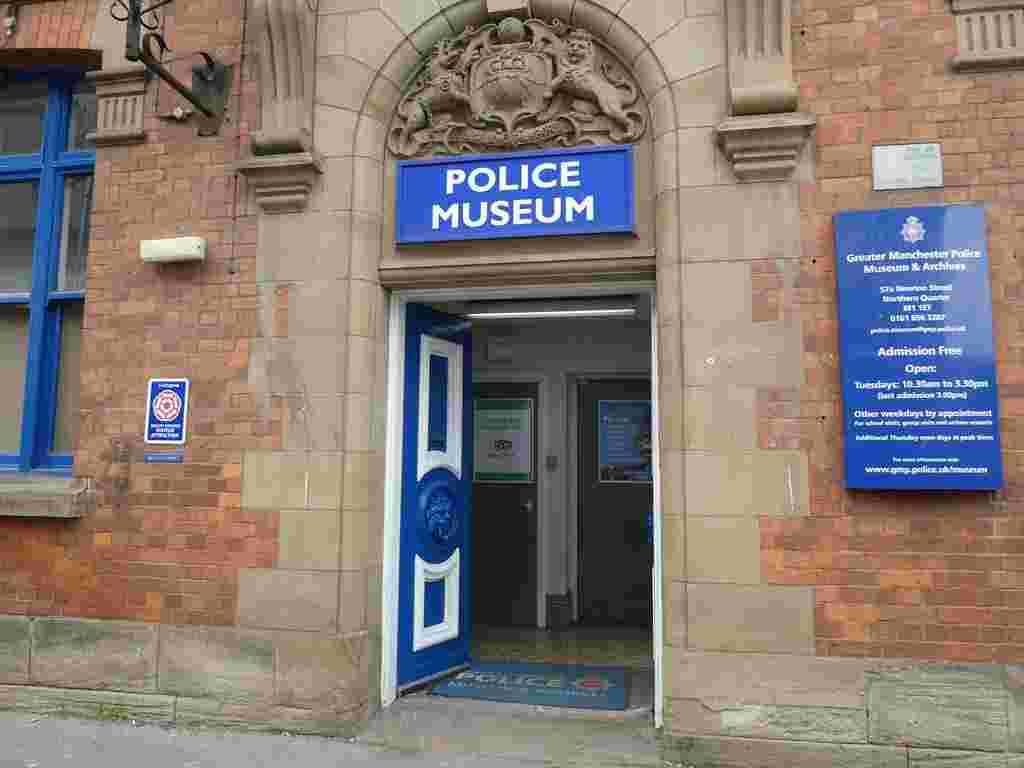
The museum is only open on Tuesdays (plus occasional Thursdays in school holidays) and is free to visit, relying on donations for its upkeep. It’s run by police officer volunteers who are all very helpful and friendly with lots of tales to tell of their time working for the police force.
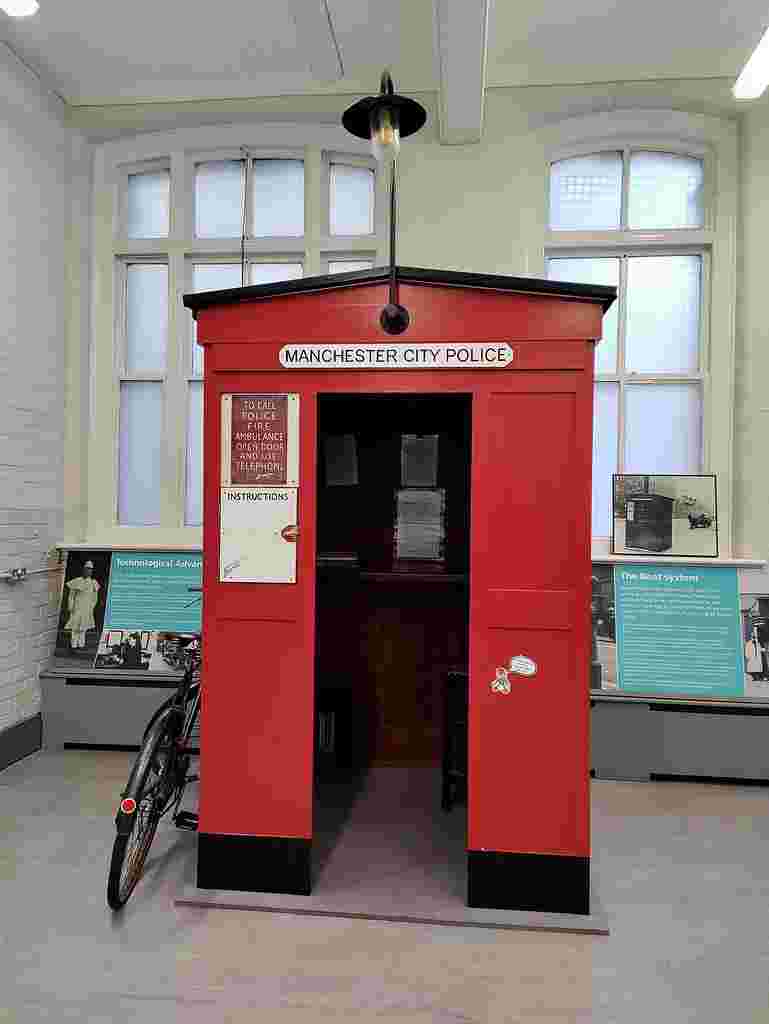
The entrance leads into the first room where an old red police box takes pride of place. For more than a century these were visible on our streets but with the onset of modern technology became redundant with only a few surviving today repurposed as either coffee kiosks, miniature libraries or even the Dr. Who Tardis. During the 19th century when the constable patrolled the streets his only means of communication was a conversation at meeting points on the edge of his beat. The police boxes enabled officers to meet up with colleagues at fixed times to pass on information and paperwork long before the days of mobile phones and modern technology.
Uniform Gallery

Continuing through to the Uniform Gallery there were glass display cases containing helmets of varying shapes and sizes, uniforms, whistles, rattles and other memorabilia from the Manchester area. It was interesting to discover that in the 1870’s the whistle was tested against the rattle and it was found that it could be heard over a greater distance. It subsequently became the main form of police communication in the city streets until the advent of radio.
Crime Room
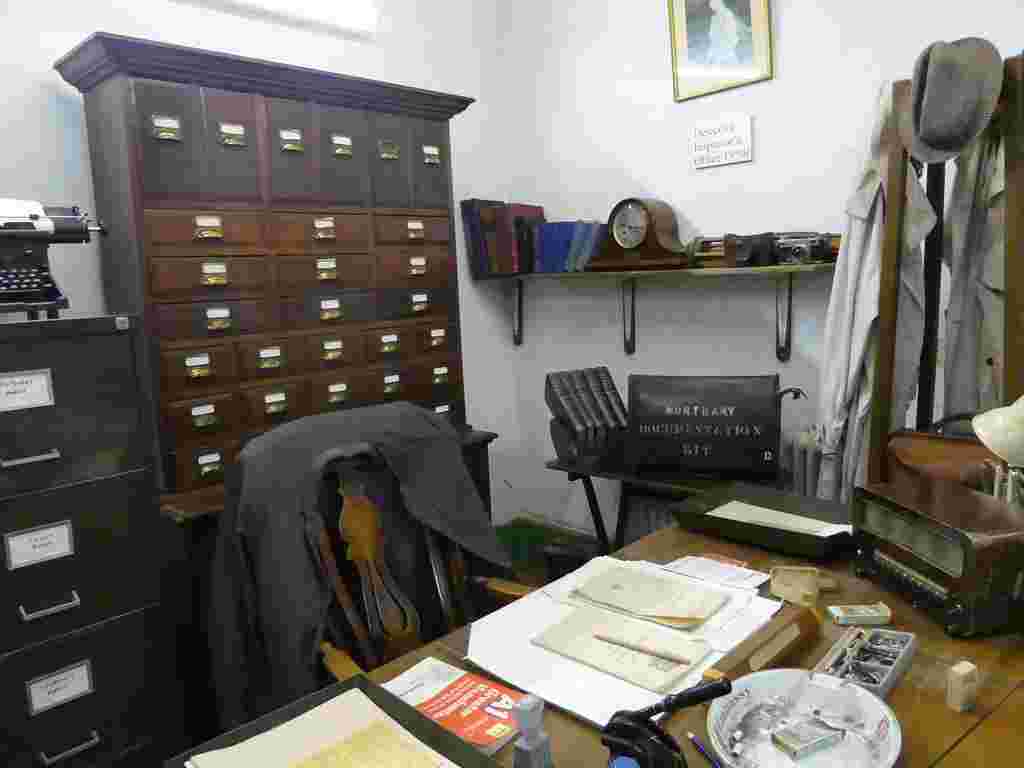
Here we found the crime officer’s desk laid out as it would have been at the time complete with a manual typewriter and pens and pencils. In those days smoking in the workplace was still permitted as was evidenced by the large ashtray on the desk. To one side I spotted a mortuary identification kit which sounded very gruesome but obviously necessary. The Crime Room also displayed evidence of banknote forgeries, searches and fingerprinting.
Transport Gallery
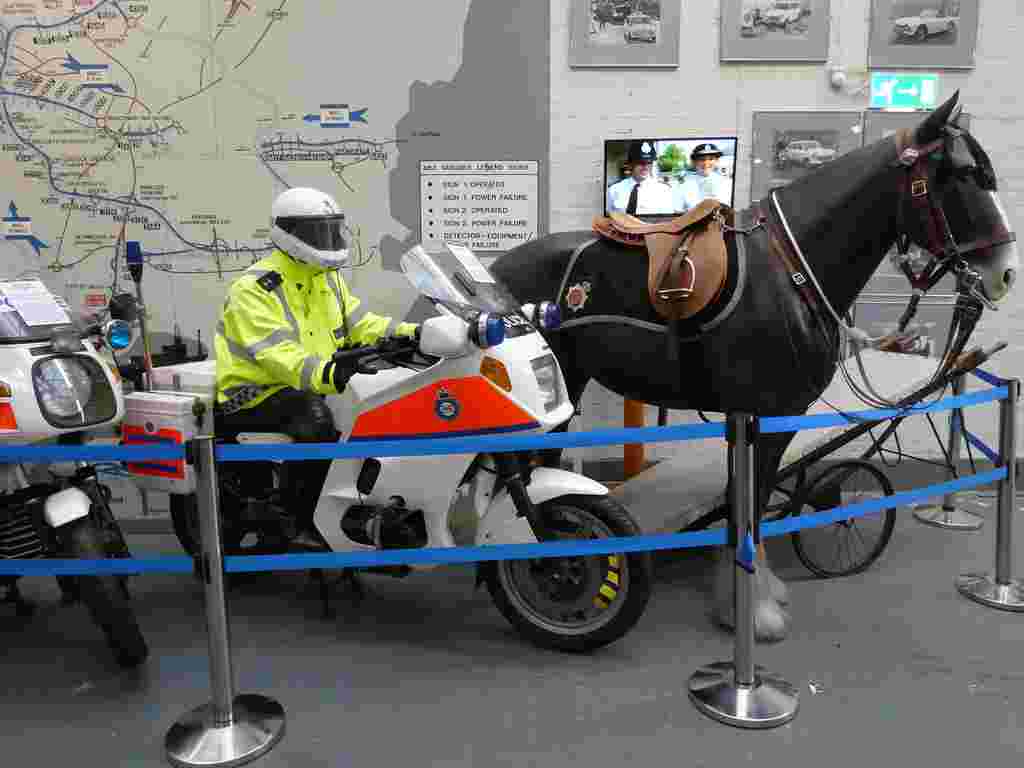
Moving into the large Transport Gallery we inspected several police motorcycles, a bicycle, and a model of a police horse. Outside in the adjoining yard were two former police cars, a blue and wide striped Hillman Imp and a larger Range Rover with two police teddies sitting in the boot snuggled up between two traffic cones.
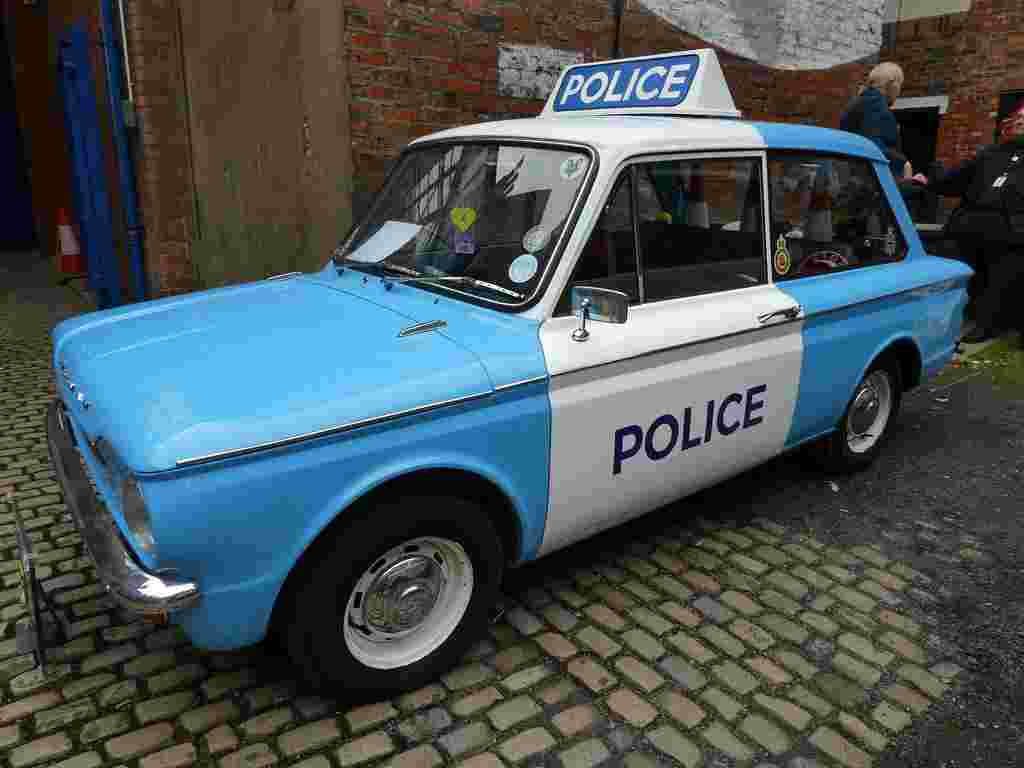
At one end of the room there was a dressing up corner where children could wear hi-vis jackets, helmets and collect a crime solvers backpack to take around the museum with them to look for clues to solve the crime.
Charge Office
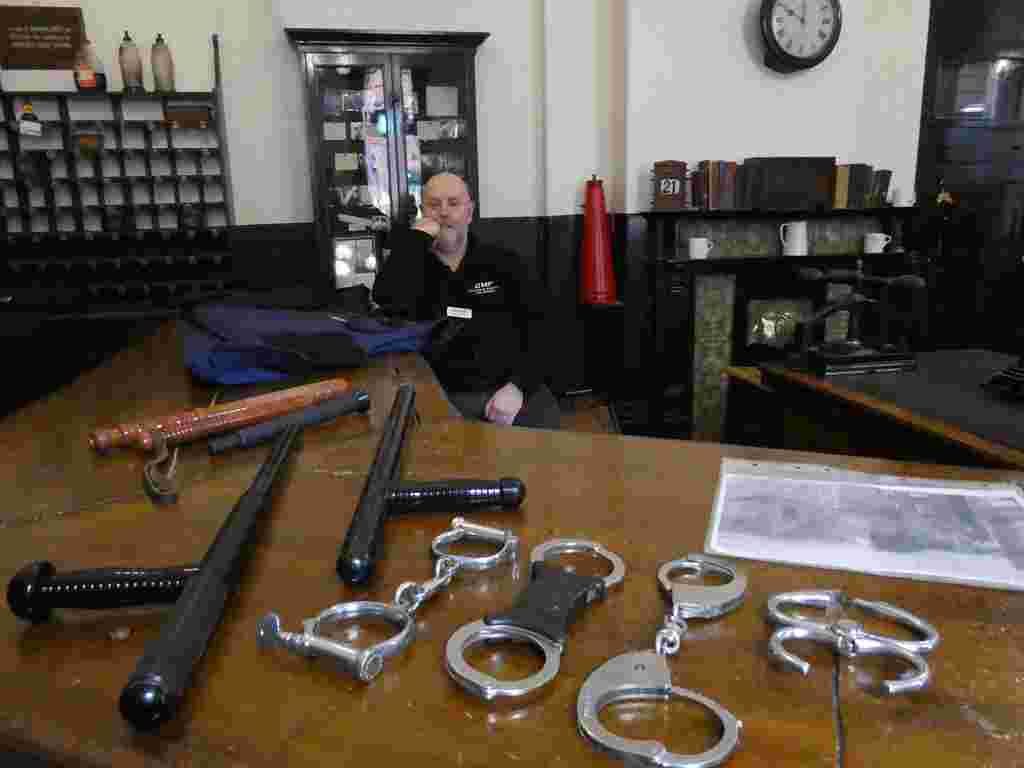
This was located across the yard and was where people would come to report a crime or be brought in by a police constable and charged with an offence. Depending on the crime, the accused may have been held in custody and detained overnight in one of the spartan police cells before being taken to the Magistrates Court the next morning. Displayed on the counter were truncheons and sets of handcuffs from various eras. Visitors to the museum could try these on to feel what it would have been like for unruly prisoners to be restrained.
The Cells
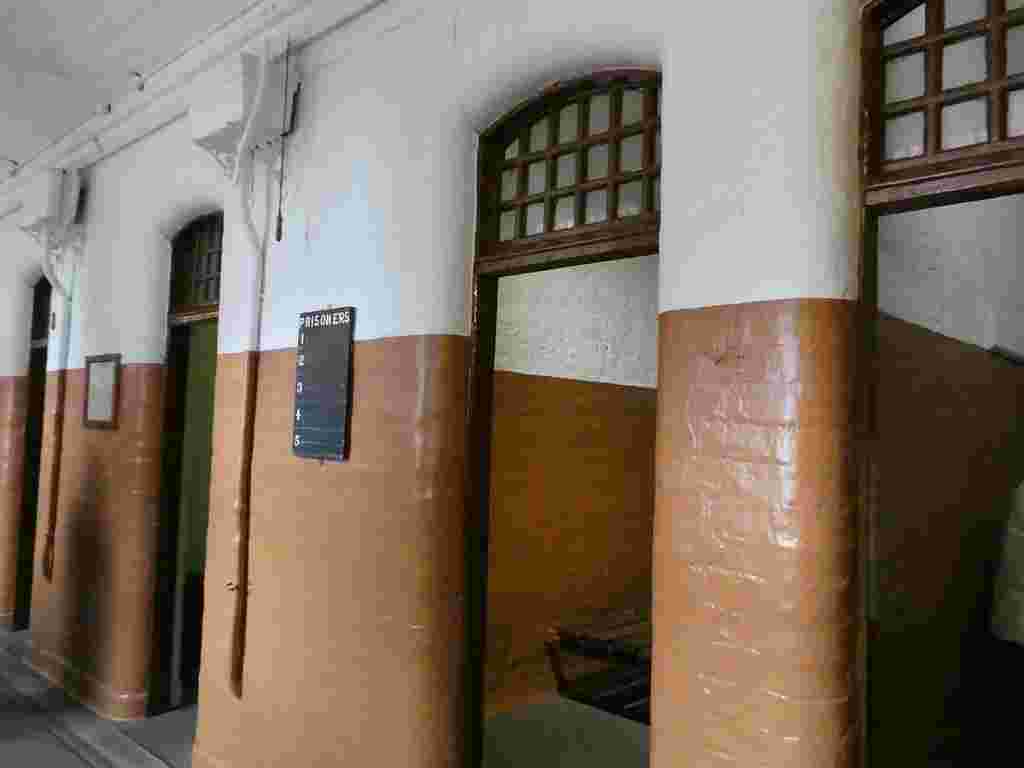
A door from the Charge Room led into the cell block which had been left exactly as it would have been in Victorian times. We inspected a row of cells, each with only a bed with one blanket but no pillow and a toilet in one corner. Two sinks were outside in the corridor for communal washing.
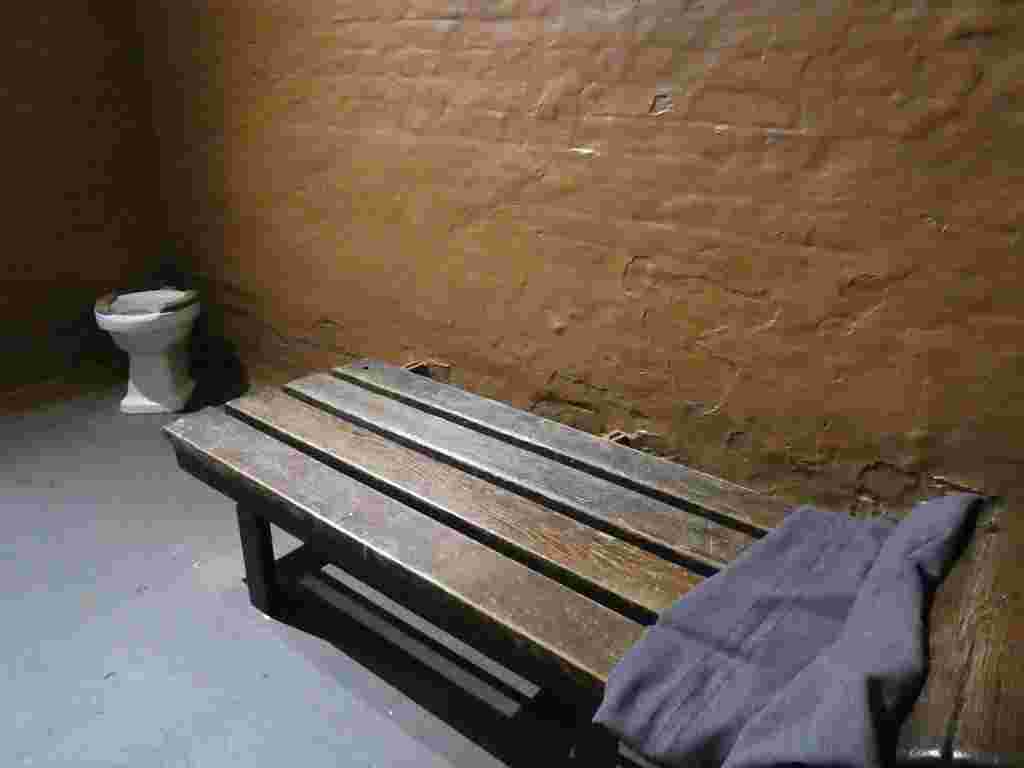
At one end of the cell block we viewed the Reserve Man’s Office. In the old Manchester police force every station had a constable who fed the prisoners and took their fingerprints. His other duties were to clean the police station and complete the paperwork.
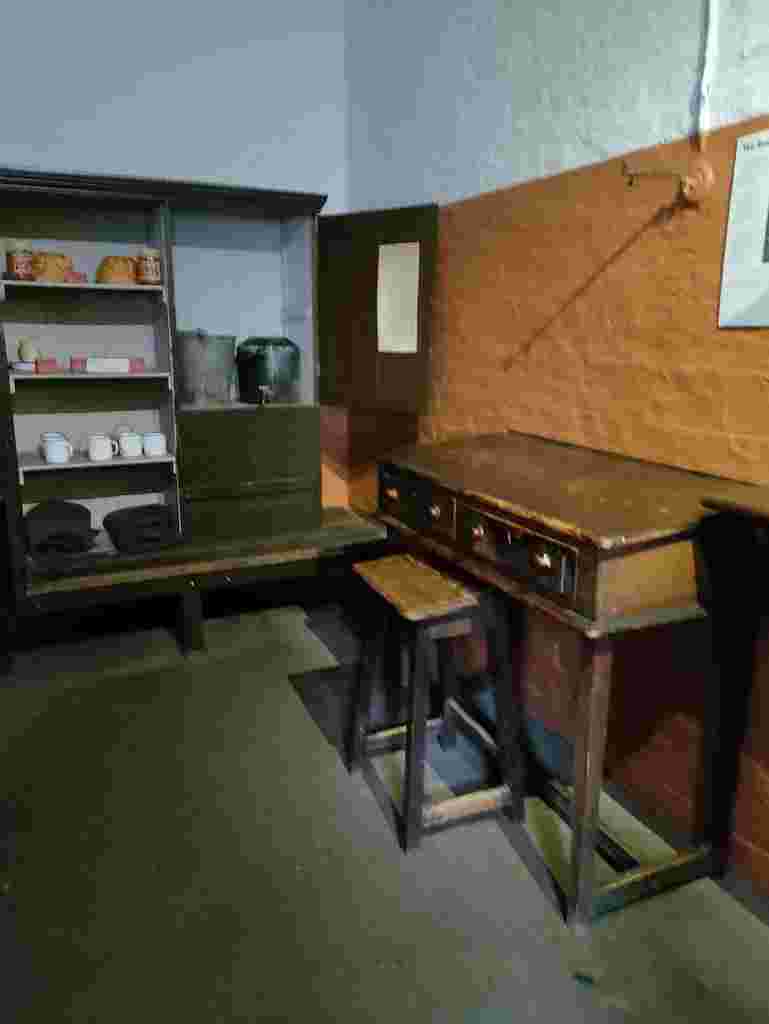
The Court Room
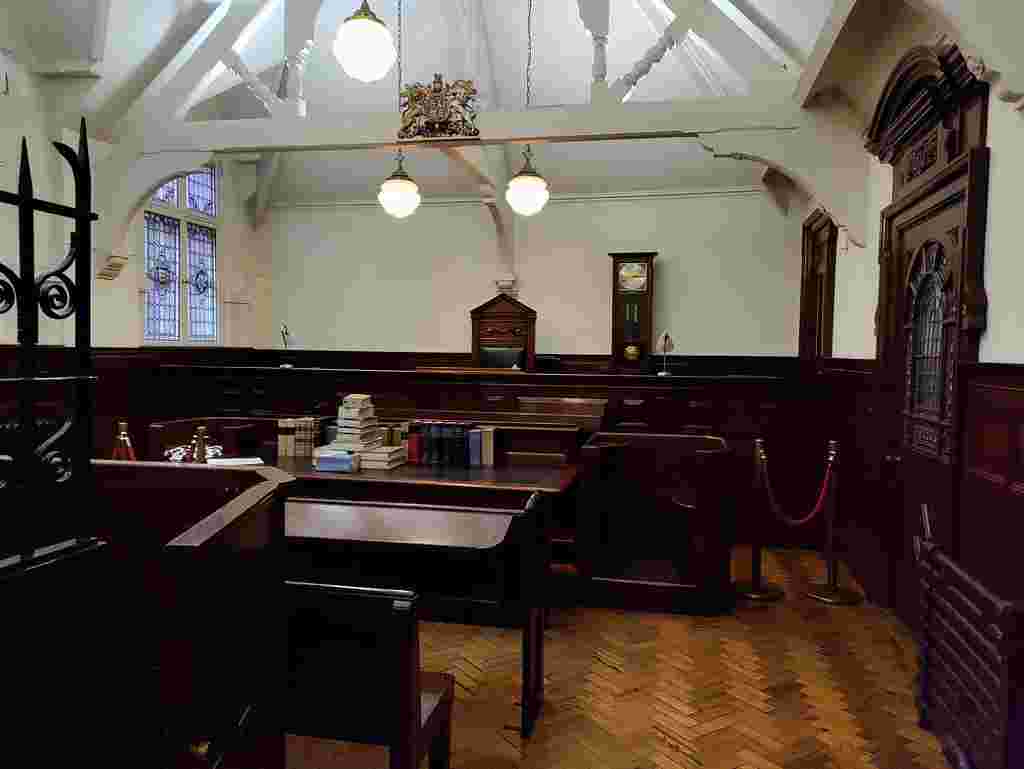
The magistrates court was not originally located in this building but was from the police station in the Manchester suburb of Denton. The oak panelled court room was brought to the museum in 2004 for preservation and restoration along with its beautiful stained glass windows. Prisoners who had spent the night in the cells would have been taken to the local courts on Minshull Street.
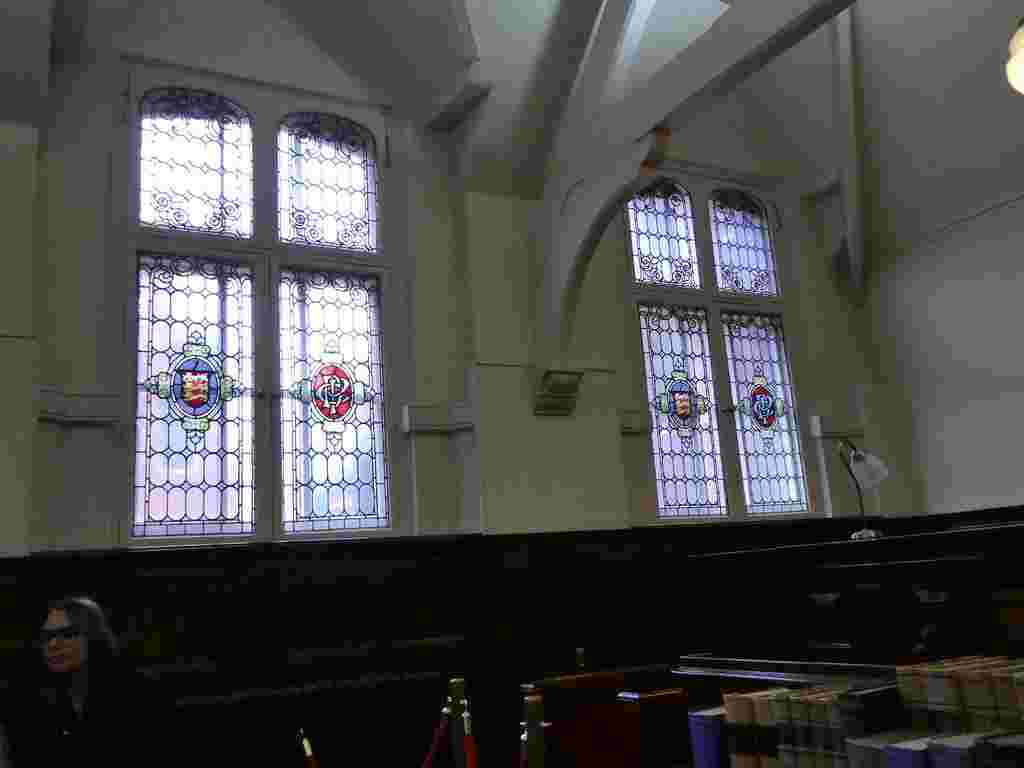
The court room is the museum’s greatest exhibit with visitors being able to stand in the dock and sit in the Judge’s chair. During school holidays the court is in session approximately every half an hour allowing 30 people at one time to attend a short court case with visitors invited to be witnesses to the crime. After the hearing all the other people present are then asked to give their verdict by holding up a guilty or not guilty card. I was lucky to attend one of these mock courts which was performed skilfully keeping both parents and children entertained.
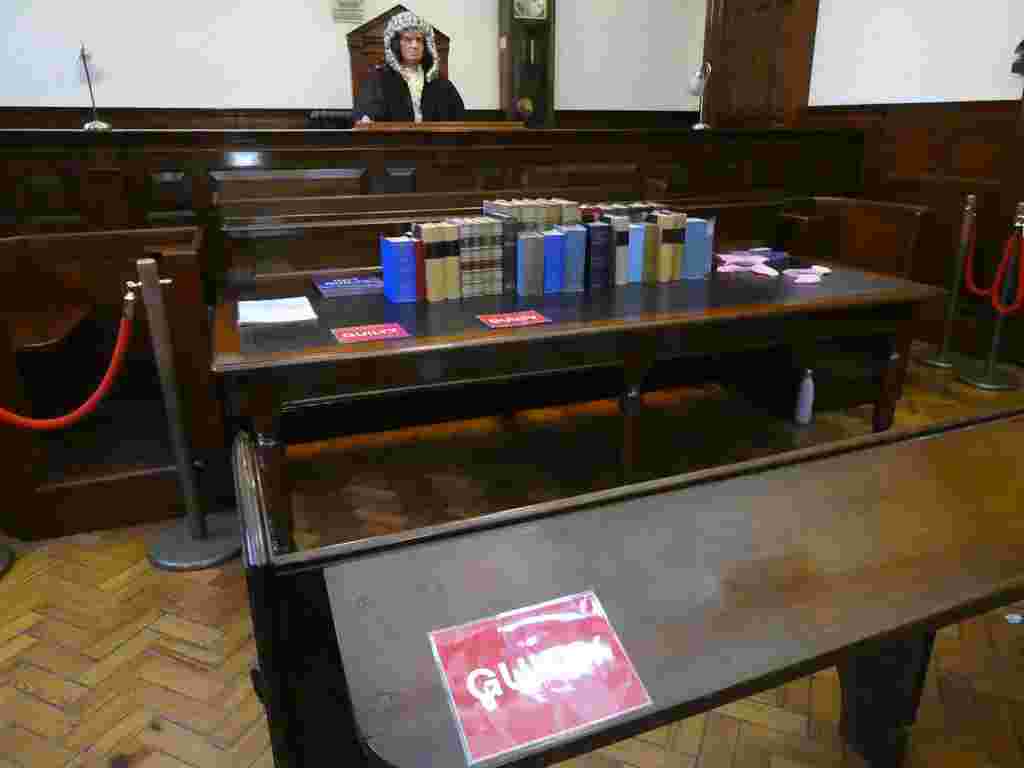
The museum is an absolute hidden gem and I definitely recommend visiting if you are in Manchester on a Tuesday.
Details: Greater Manchester Police Museum, Newton Street, Manchester M1 1ET.
If you have enjoyed this post you may also like:
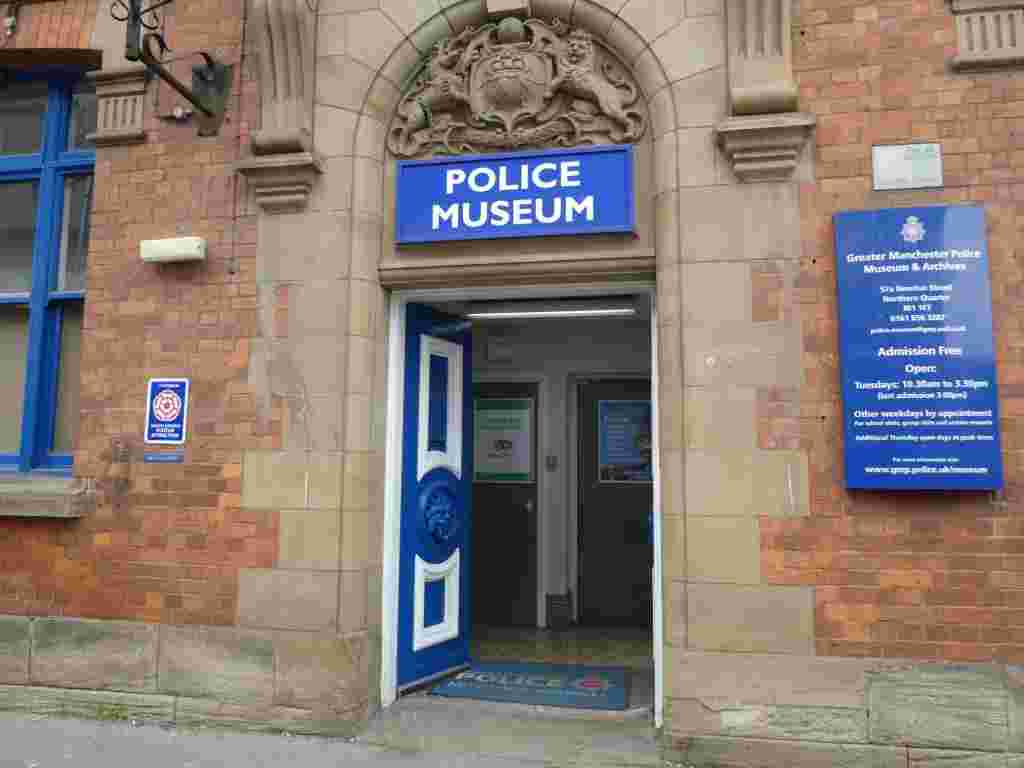

Leave a comment